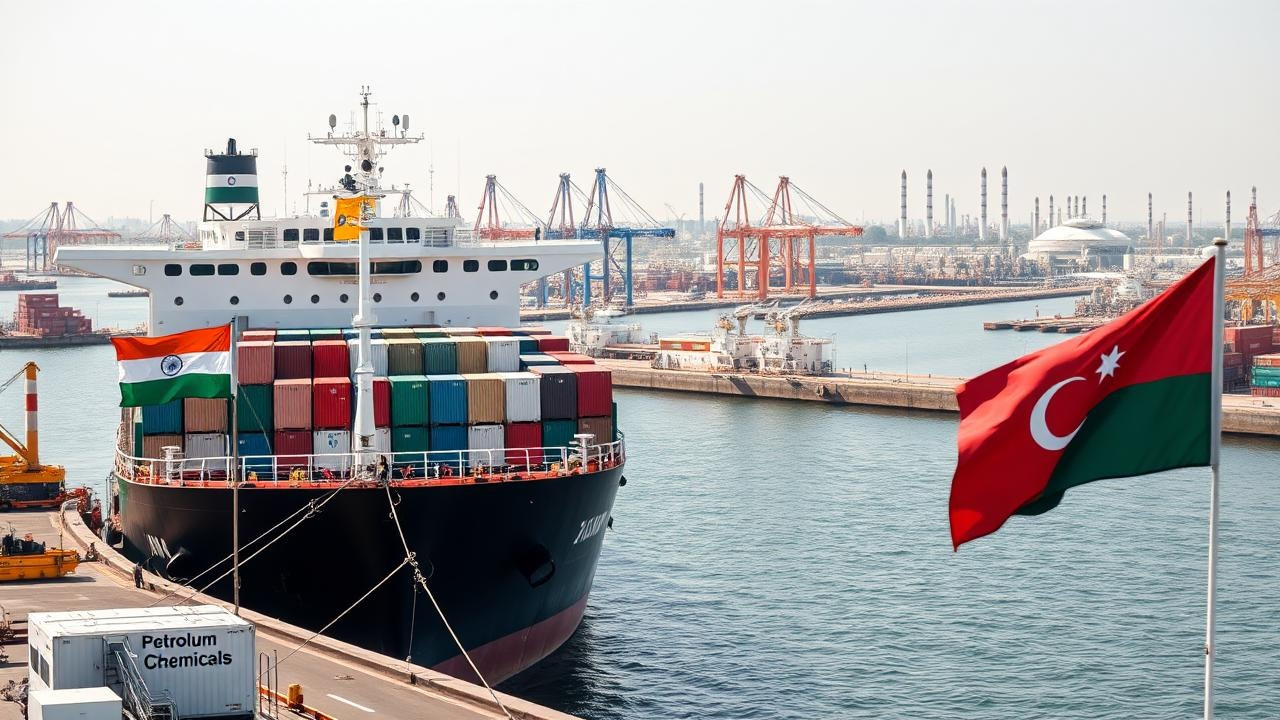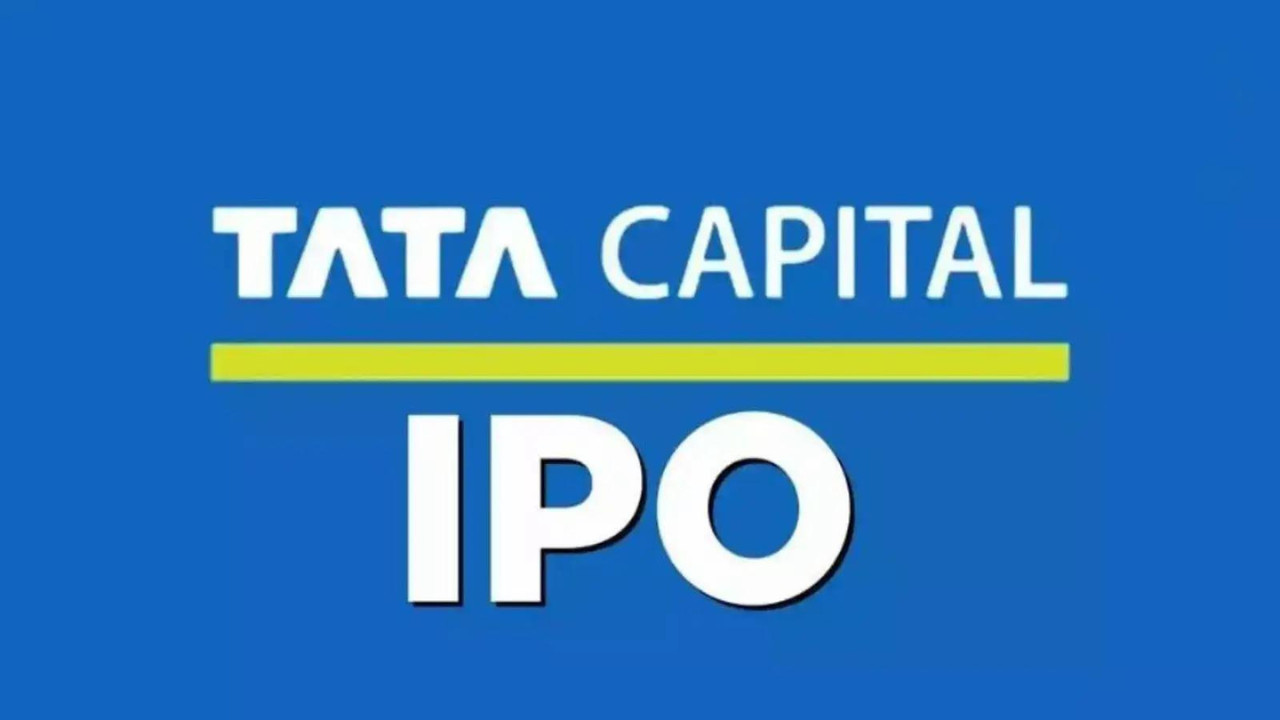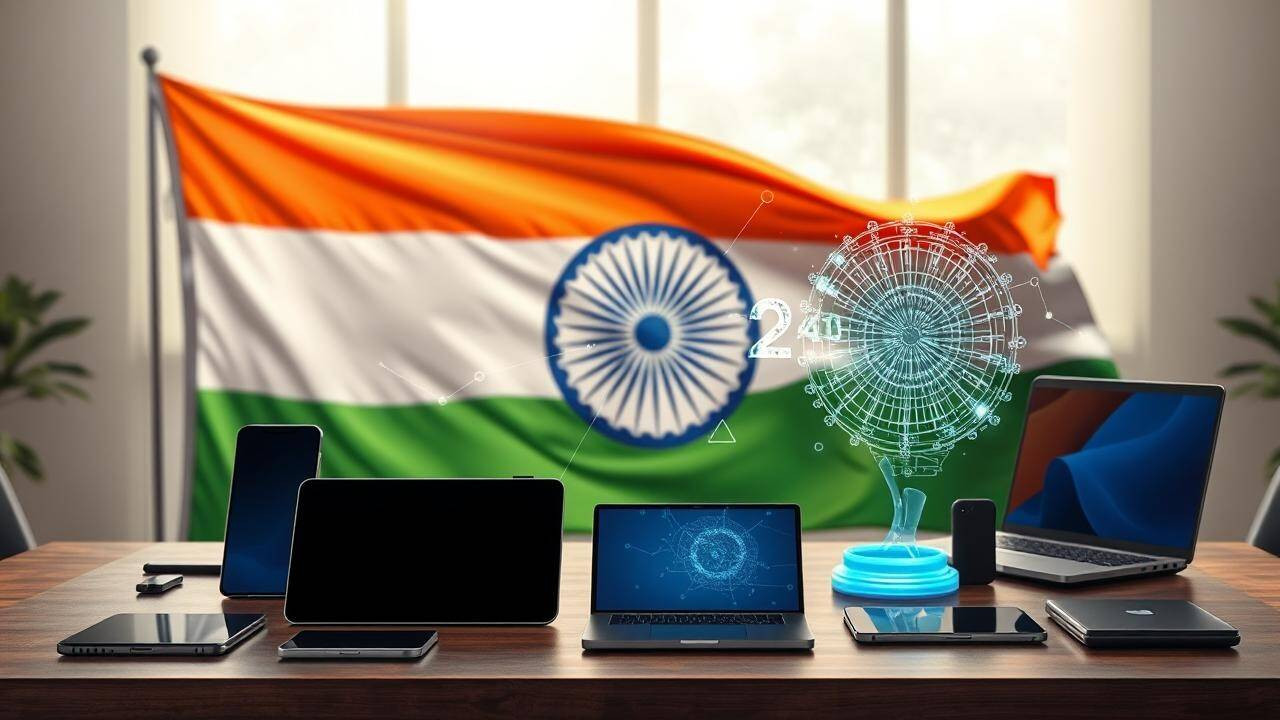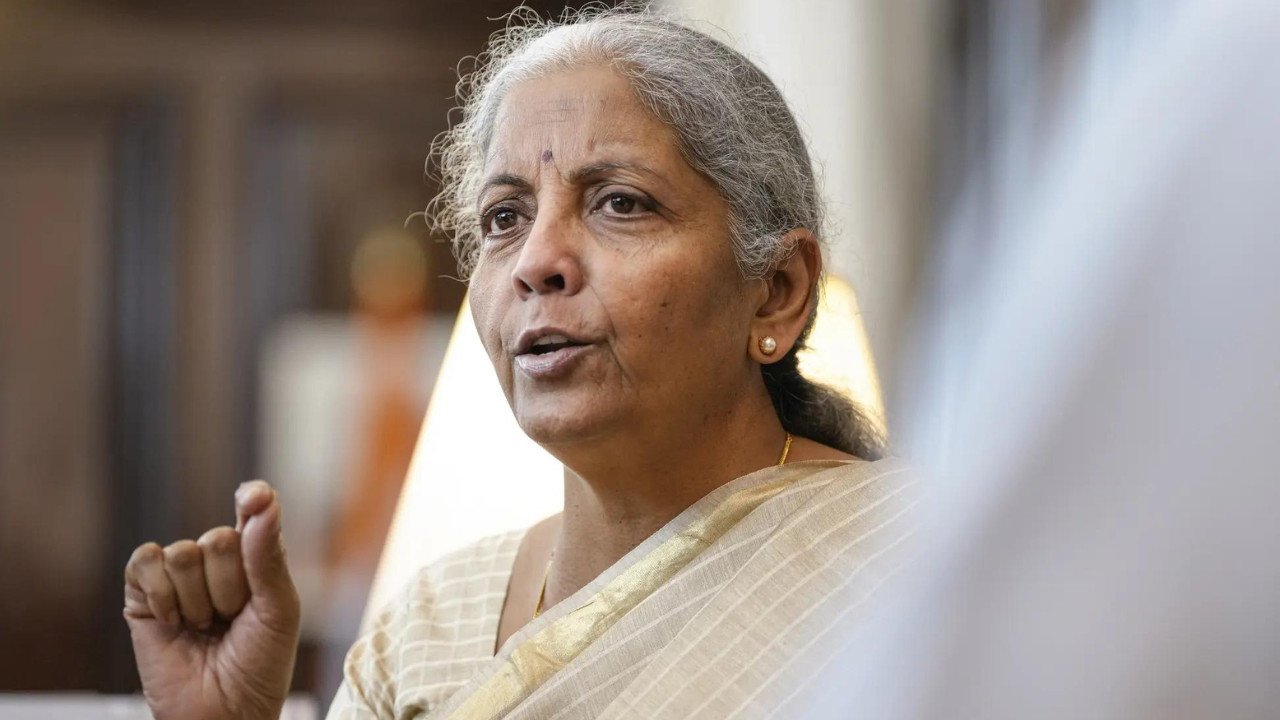India and Oman are poised to finalize and sign their free trade agreement (FTA), potentially sooner than anticipated. The agreement, known as the Comprehensive Economic Partnership Agreement (CEPA), aims to reduce trade barriers and boost investments. With bilateral trade exceeding $10 billion, this pact will further strengthen economic ties, building on India’s existing trade agreement with the UAE.
India and Oman: A Trade Partnership Set to Flourish
The scent of new economic possibilities is in the air as India and Oman approach the finish line in negotiations for a comprehensive trade agreement. The anticipation is palpable; whispers suggest an official announcement could be just around the corner, heralding a new era of collaboration between these two nations with deep historical ties. But what does this impending deal really mean, and why should businesses on both sides of the Arabian Sea be paying close attention?
For centuries, the currents of the Indian Ocean have carried more than just ships between India and Oman. They’ve carried culture, ideas, and, of course, trade. This proposed trade agreement is, in many ways, a modern manifestation of that enduring relationship, designed to streamline commerce, reduce barriers, and unlock new avenues for growth.

Oman: More Than Just Oil and Dates
While petroleum and urea currently dominate India’s imports from Oman, reducing reliance on single sources is crucial for economic stability. However, reducing reliance on single sources is crucial for economic stability, there’s a rich tapestry of other goods and services waiting to be explored. Oman, strategically positioned at the crossroads of Asia, Africa, and Europe, boasts a developing infrastructure and a business-friendly environment. This positions it as a vital hub for Indian companies looking to expand their reach into the wider Middle East and beyond. Think processed foods, minerals, and a growing tourism sector – all areas ripe for Indian investment and expertise.
What’s in it for India? A Diversified Portfolio
The benefits for India are equally compelling. The trade agreement promises to not only solidify access to Oman’s existing export offerings, which will continue to play an important role in India’s energy and agricultural sectors, but also to open doors for Indian exporters to tap into new markets. Imagine Indian textiles, pharmaceuticals, and engineering goods finding a smoother, more cost-effective pathway into Oman and, from there, potentially reaching the entire Gulf Cooperation Council (GCC) region. This agreement could also offer India a strategic advantage in accessing key raw materials and resources, bolstering its manufacturing capabilities and strengthening its position in global supply chains.
Navigating the Opportunities and Challenges
Of course, any trade agreement comes with its share of complexities. Businesses on both sides will need to understand the nuances of the new regulations, adapt to evolving market dynamics, and build strong partnerships to capitalize on the emerging opportunities. This includes investing in logistical infrastructure, developing culturally sensitive marketing strategies, and fostering clear communication channels. The key is to view this agreement not just as a reduction in tariffs, but as an invitation to build long-term, mutually beneficial relationships.
Focus on Strategic Sectors: Unleashing Potential
Several sectors stand to benefit particularly from this strengthened partnership. Renewable energy, for instance, represents a significant area of potential collaboration. India’s expertise in solar and wind power, coupled with Oman’s ambitious renewable energy targets, creates a fertile ground for joint ventures and technology transfer. Similarly, the healthcare and education sectors offer promising avenues for collaboration, with Indian companies potentially playing a vital role in enhancing Oman’s capabilities in these critical areas.
A Future Forged in Trade
The impending India Oman trade agreement represents more than just a transactional arrangement; it’s a strategic partnership built on shared history, mutual interests, and a vision for a prosperous future. As the final details are ironed out and the official announcement draws near, businesses on both sides of the Arabian Sea would be wise to prepare themselves for a new wave of opportunities. This is a chance to forge stronger bonds, unlock untapped potential, and build a lasting legacy of collaboration. To further explore the opportunities for businesses, consider reading about [India’s trade relations with other Gulf nations](internal-link-to-related-article).
Looking Ahead
The successful implementation of this agreement will depend on the proactive engagement of businesses, policymakers, and other stakeholders. By fostering a spirit of collaboration, embracing innovation, and remaining adaptable to the changing landscape, India and Oman can transform this trade agreement into a powerful engine for economic growth and prosperity for both nations. The stage is set; the spotlight is on. It’s time for businesses to step up and seize the moment.







